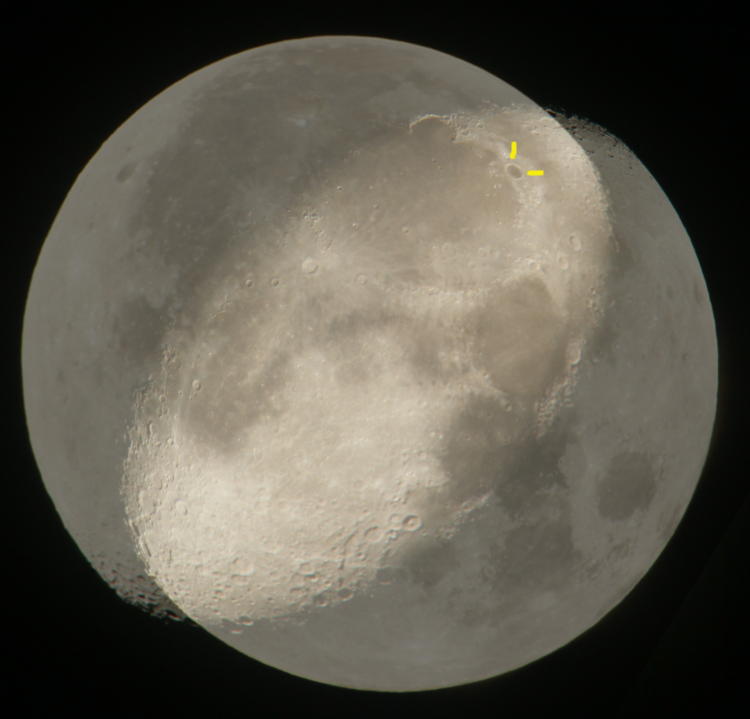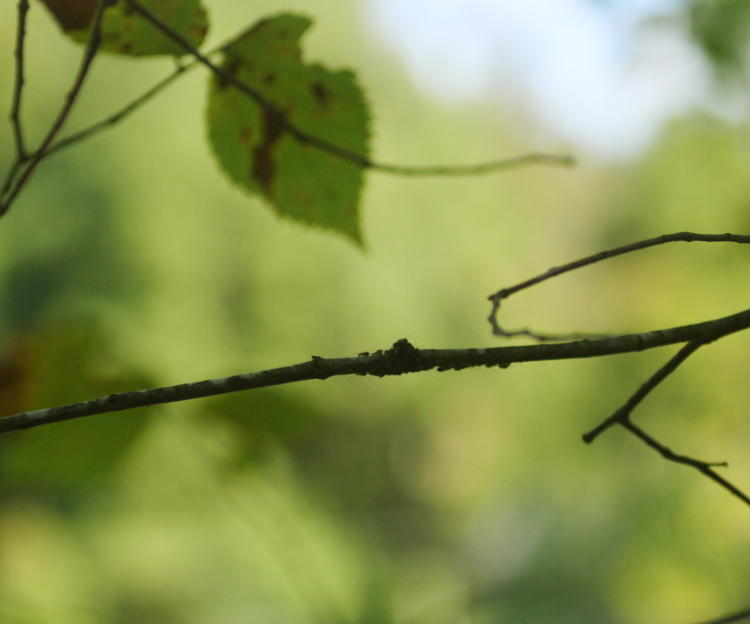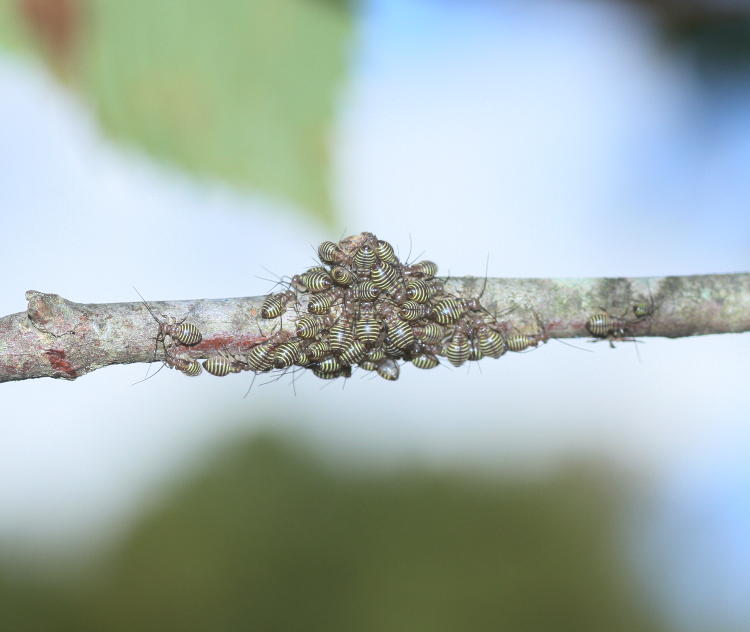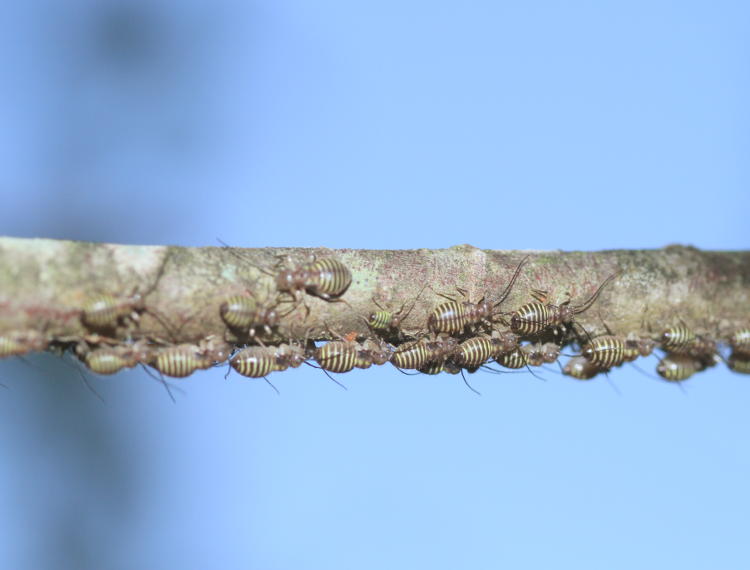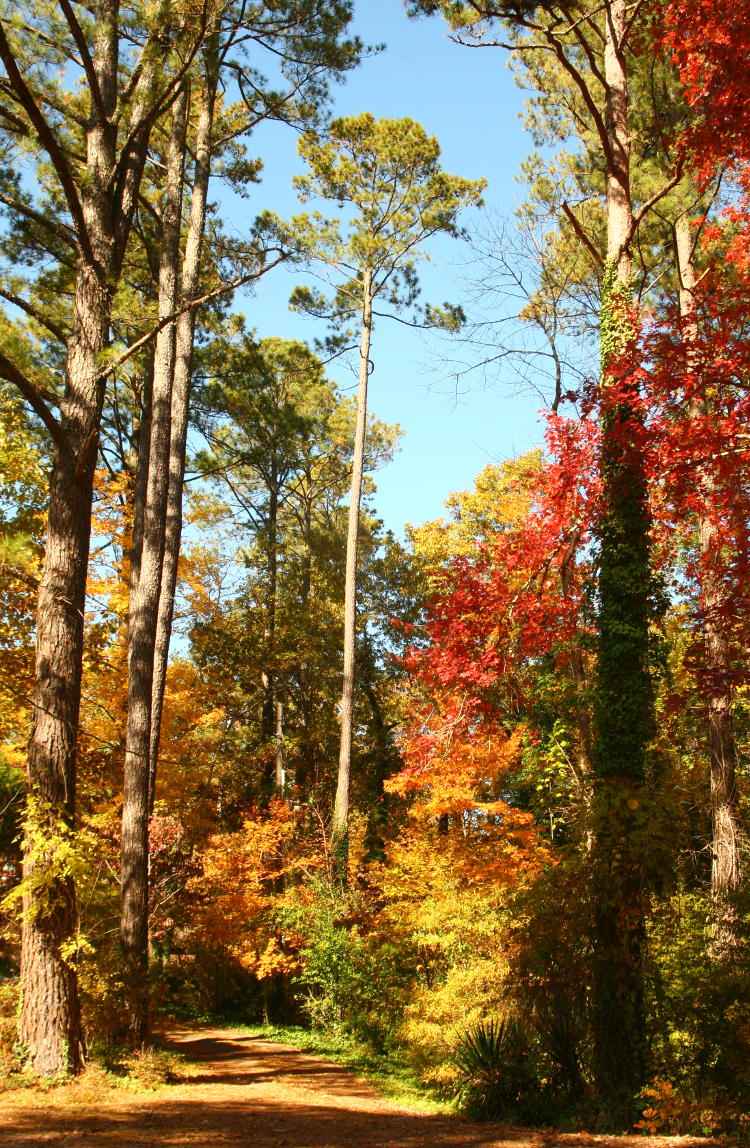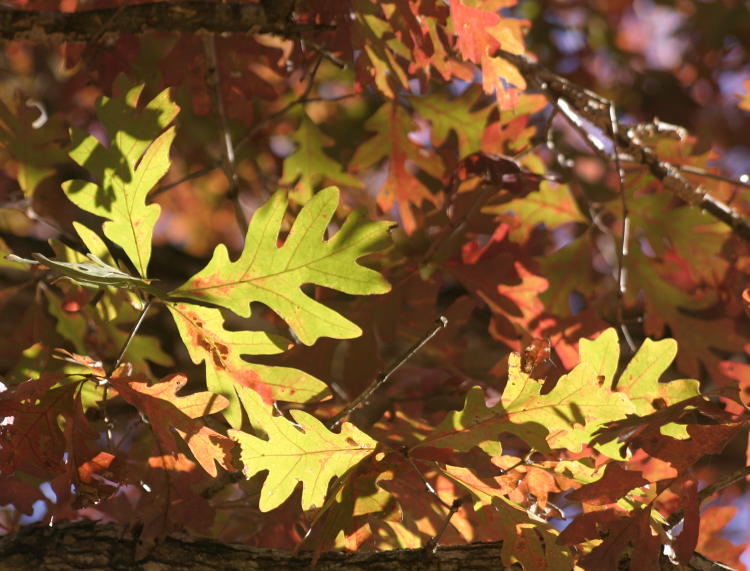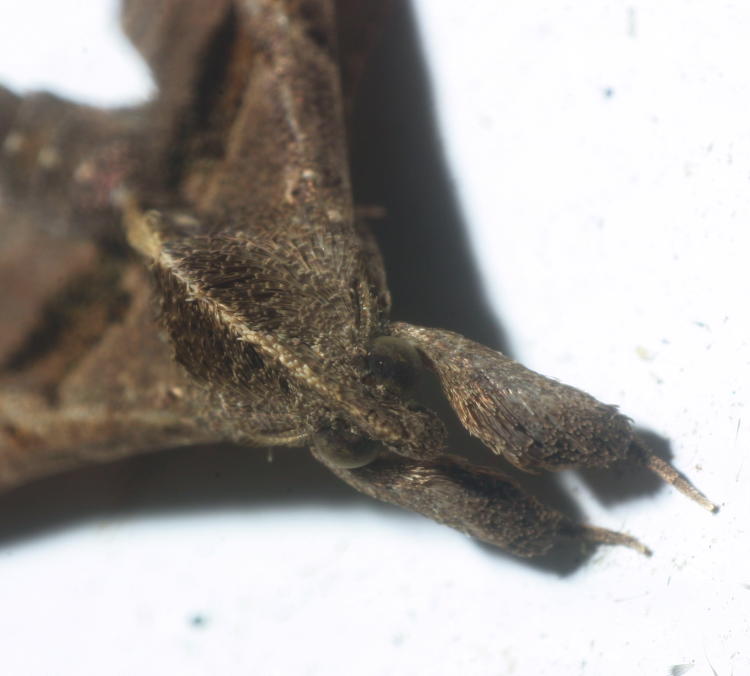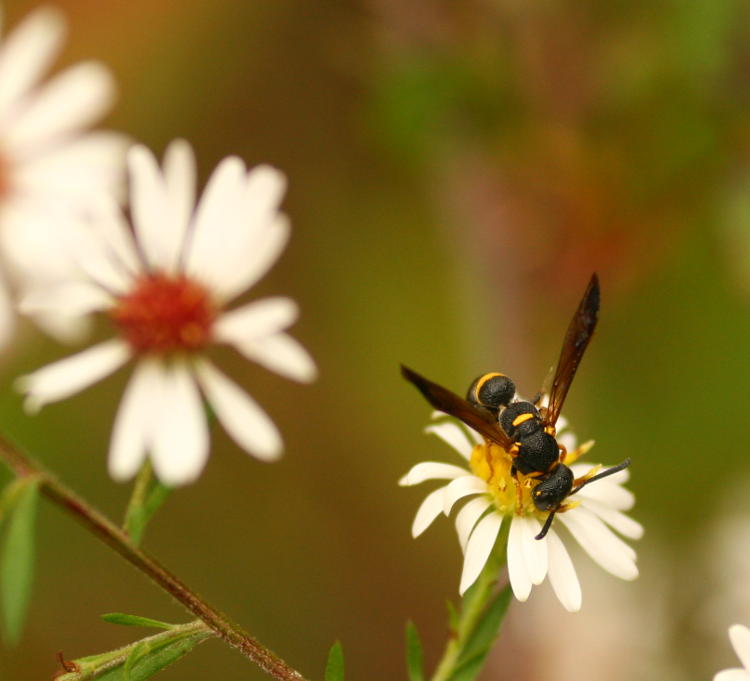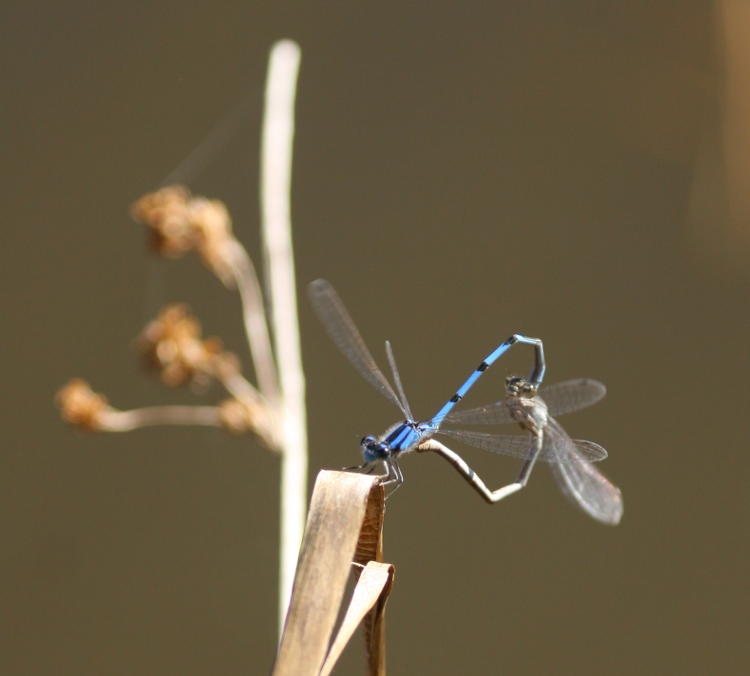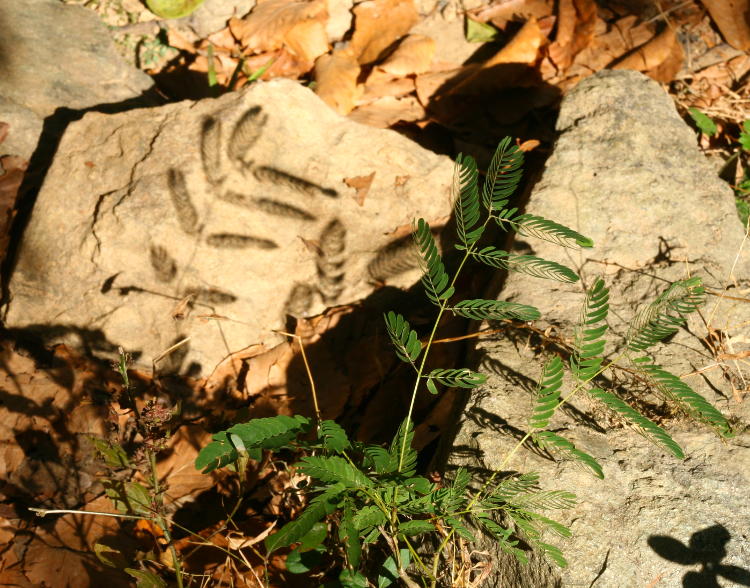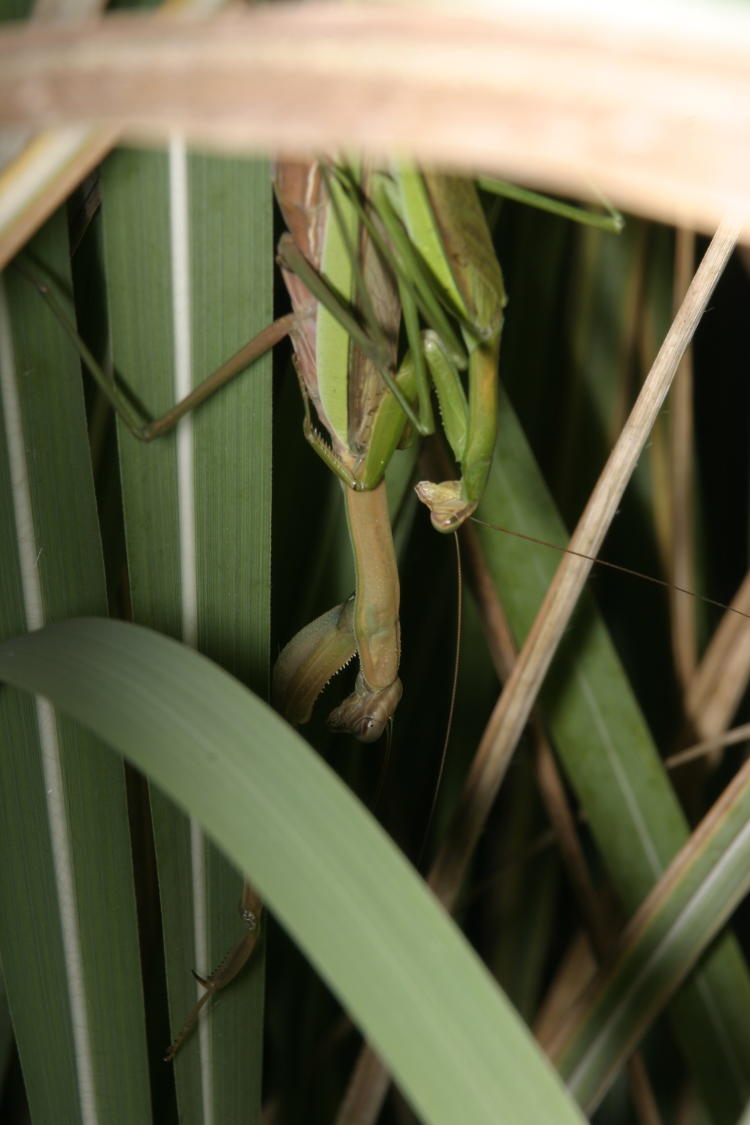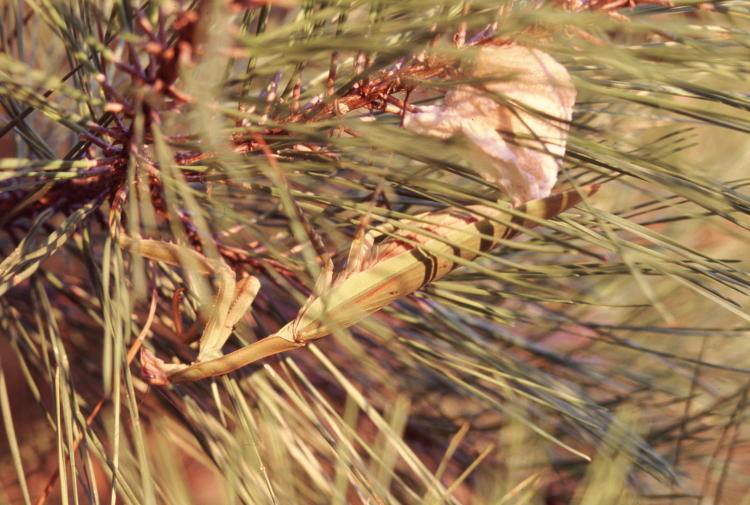
As the harddrive woes continue, with even less progress than reported last time (yes, I backslid a bit – don’t ask,) we still have our weekly post of photos taken on this very date in years past, sure to engender those warm fuzzy feelings, especially with subjects like this. Last week opened with an image taken while visiting North Carolina in 2003, and this one is the same, the tail-end of the same trip. I was experimenting freely and had attached an Olympus 50mm f1.2 lens backwards onto the fixed lens of the Sony F-717, which when zoomed out to ‘telephoto’ lengths (i.e., notably longer than a ‘normal’ view) would produce some serious macro magnification – albeit with some serious shortcomings too, like the egregious distortion seen around the edges. I haven’t bothered to identify this variety of shield bug/stinkbug, but this was among the first images where I was doing compound eye detail. A few months later on in Florida, same camera and lens setup, I expanded on this a little (a lot.)
And then, nothing at all on this date until 2008.
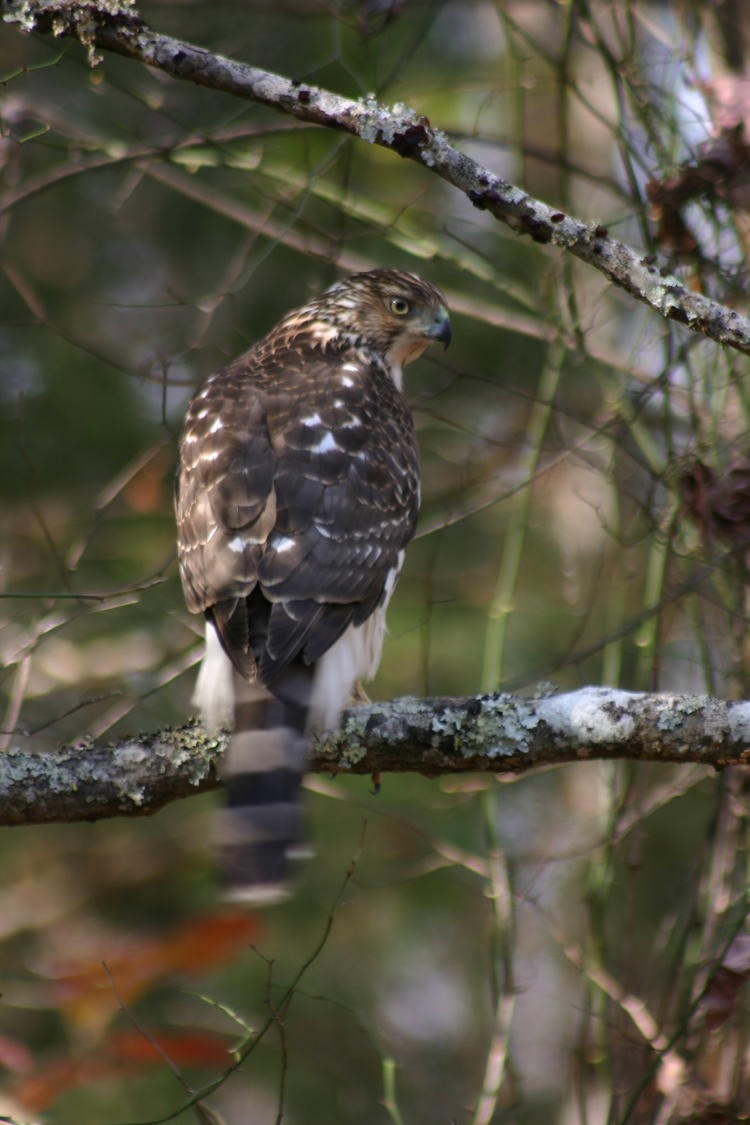
While working for a wildlife center, we had an outdoor cage for acclimating rehabilitated birds to the outdoors pending release (back when the place actually maintained a rehab program before the idiotic director shitcanned it,) and this Cooper’s hawk (Accipiter cooperii) believed it was getting an easy meal. Accipiters are bird eaters, and the dove we had in the cage was a sitting duck, as it were – except that the hawk hadn’t really registered the wire cage sides. After bouncing off of this abruptly right as it should by all rights have been seizing a slow fat dove in its talons, the hawk retired to an overhanging branch and debriefed itself on what went wrong, giving me a little time to get the camera out. While a few other frames are sharper, I chose this one for the blurred tail, evidence of the hawk settling its feathers, yet giving me the distinct impression of fidgeting in frustration as it peered down at the cage and the unfazed dove. Of course that’s because I was there and witnessing the drama; a viewer seeing this image without exposition is more likely to feel the hawk just spotted its favorite chew toy.
Another four years passes in a flash.

No fartistic merit in this one – this is strictly illustrative, and I took a buttload of frames for the details. I’ve said before, 2012 was a banner year for arthropod photos, and this is some of the reason why: I was illustrating as much as I could of the subjects that I was finding. When studying anything biological, you come across the term aposematic coloration fairly quickly, the bright hues and distinctive contrast that makes a species recognizable and memorable, and this is almost always coupled with some kind of defensive mechanism (or on occasion, to mimic another species that has such.) The bright-orange-with-spots traits of the various lady beetles (Coccinellidae) are no exception, but I had to research whether this actually was aposematic coloration, because I’d never heard of nor encountered any such defense. But it’s visible here, and what I was illustrating: lady beetles can exude their own blood (technically hemolymph) from their joints, and apparently this is pretty distasteful stuff. That’s the yellow blog you see here to the left, out on the end of a foreleg and at the tip of the lady beetle’s mouthparts; the harsher lighting (before I was using the softboxes) and the odd angle make the details a little hard to discern, but if it helps, there’s a white triangle on the beetle’s head with a compound eye shining just below it. Since they never seemed to use this defensive action when I was handling them, I got to see it when doing underside detail with the method of putting a small blob of petroleum jelly on the tip of a toothpick and touching this to the beetle’s back (elytra, the wing covers.) This effectively and harmlessly restrained the beetle while allowing me to photograph the underside, and it showed its displeasure by squeezing out some hemolymph for me. And actually, this is showing a curious action that macro video would have illustrated better: when the blood-squirting wasn’t working, the beetle began mouthing the drops, which turned darker and more viscous and eventually fell off, no longer sticky. What, exactly, happened I have yet to determine – mostly because I forget all about such things until I find the photos again.
But never mind that. What does 2013 hold?
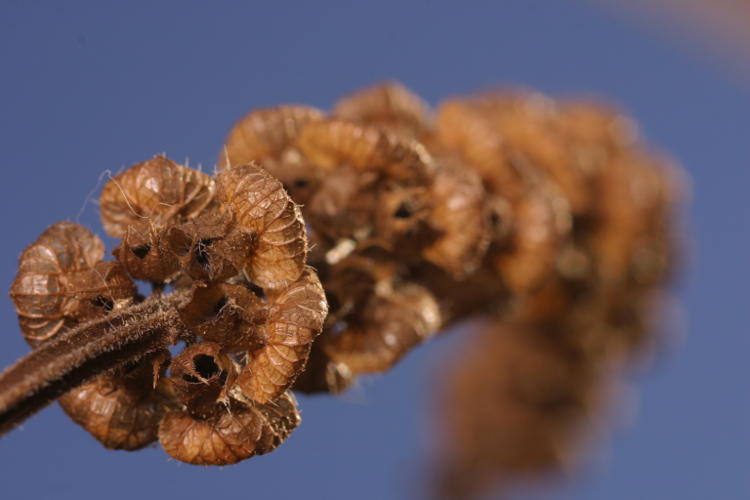
Not much, actually; the only photos I shot were of these dried basil flowers. We’d had a huge crop of sweet basil, all grown in the garden from a single seed packet, that had been used all summer long for sandwiches and soups and our own pesto, and in the fall I did a few photos of the dried flowers before harvesting them for their seeds, which are remarkably aromatic (but only reminiscent of basil leaves themselves.) These were dutifully planted at the new house the next spring, and produced not one single plant; perhaps we had a hybrid variety or something. Maybe the bees at the old house sucked. Whatever – seed packets are cheap, and while I’ve had very mixed luck with a lot of them, basil seems to be dependable, and we like it, so it’s a regular planting here, and appears in enough of my photos too. I was hoping to actually see the seeds within from this angle, with the help of the flash, but failed. So I have a handful of dried basil flower photos in my stock for anyone that needs them. Spread the word.




















































 The blog posts have been slower than intended for the past few days, but this is not a reflection of reality – you know, meatspace – because that’s been far busier than I would have liked. You certainly recall when I mentioned
The blog posts have been slower than intended for the past few days, but this is not a reflection of reality – you know, meatspace – because that’s been far busier than I would have liked. You certainly recall when I mentioned 

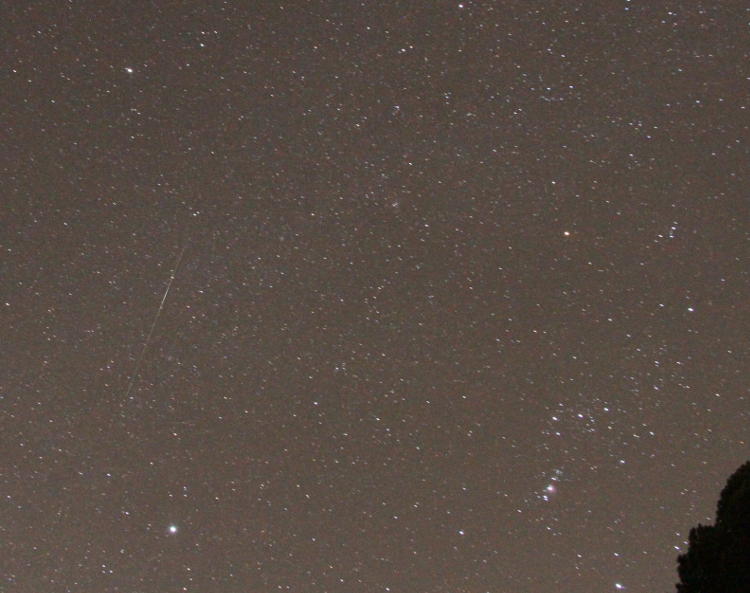

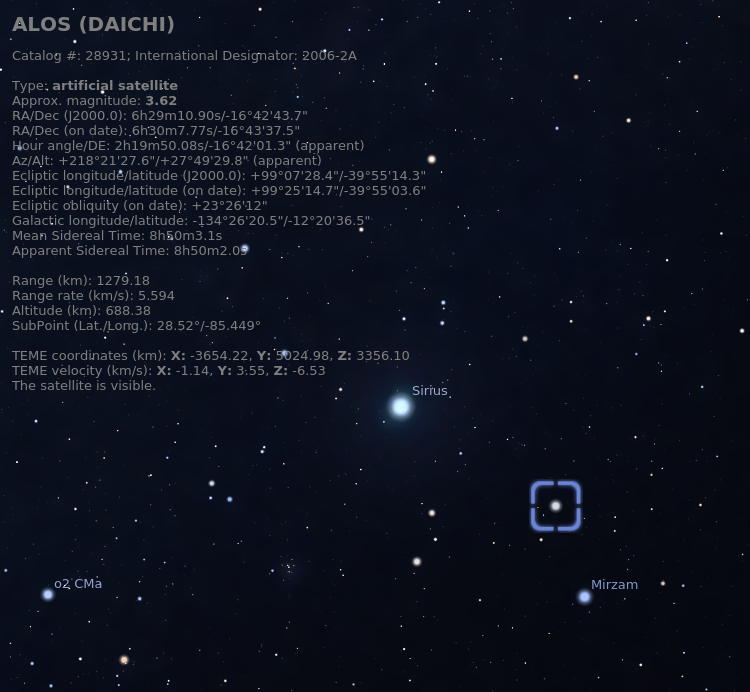
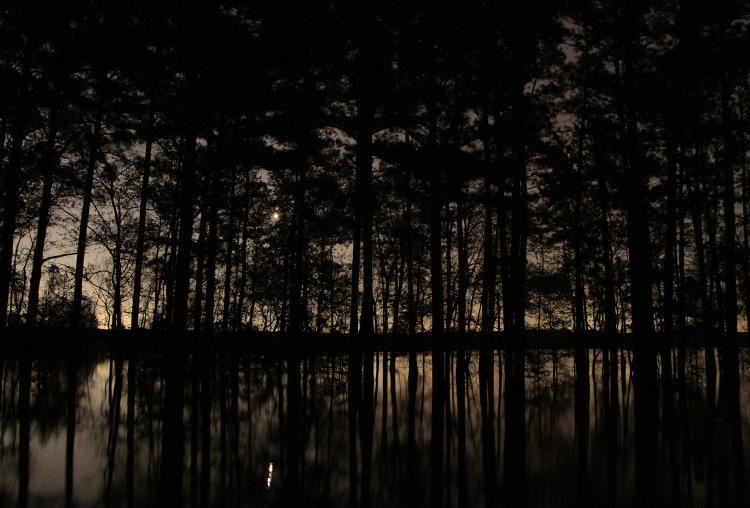
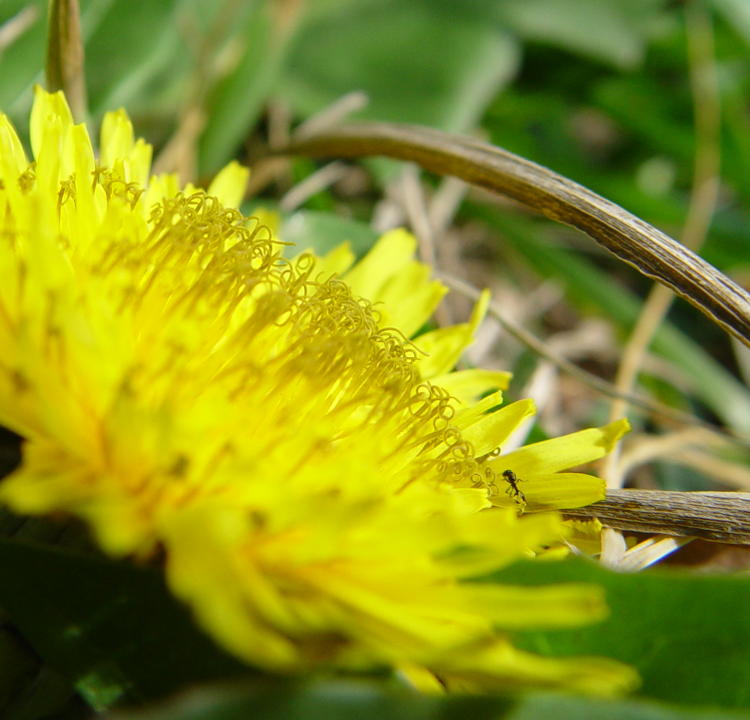
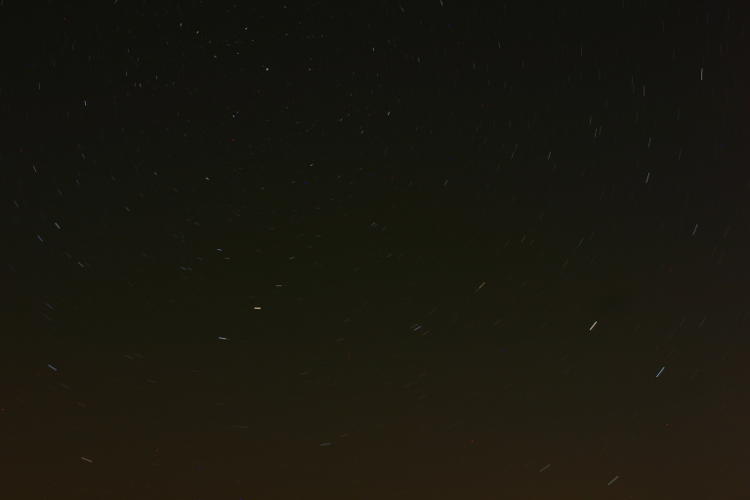



 For the most part, it works quite well, especially when you pay attention to that large crater with the prominent central peak (Theophilus.) With the light almost dead on to it, it appears as a faint circle, only revealed as a sharp crater by having some shadows to throw. This, by the way, shows the Apollo 11 landing site, just about centered in the frame. No, you’re not going to see anything (especially not with a 1000mm focal length) – Theophilus is 100km across, slightly less than the width of New Jersey.
For the most part, it works quite well, especially when you pay attention to that large crater with the prominent central peak (Theophilus.) With the light almost dead on to it, it appears as a faint circle, only revealed as a sharp crater by having some shadows to throw. This, by the way, shows the Apollo 11 landing site, just about centered in the frame. No, you’re not going to see anything (especially not with a 1000mm focal length) – Theophilus is 100km across, slightly less than the width of New Jersey.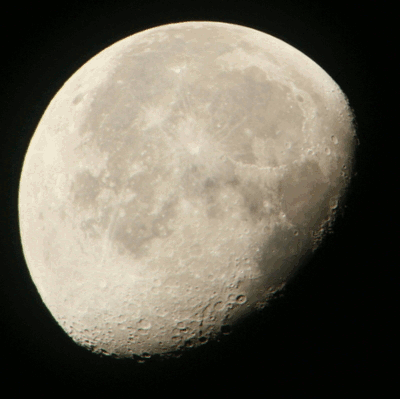 It took no small amount of playing around to line these up this way, believe me: first resizing the two photos by the same amount, then rotating a bit at a time to get the poles to match (near as can be determined by the shadows,) as well as shifting by small increments to get the overlap this good so the sphere, never actually visible, nonetheless appears complete – and realizing that, in ten days, the moon had also progressed enough along its elliptical orbit of Earth to change size a little, requiring re-scaling one of the images. The result looks pretty damn well like the progression of the shadow – except the details of the moon itself all shift enormously, well illustrated by the changing position of those two Mares. Or you can see
It took no small amount of playing around to line these up this way, believe me: first resizing the two photos by the same amount, then rotating a bit at a time to get the poles to match (near as can be determined by the shadows,) as well as shifting by small increments to get the overlap this good so the sphere, never actually visible, nonetheless appears complete – and realizing that, in ten days, the moon had also progressed enough along its elliptical orbit of Earth to change size a little, requiring re-scaling one of the images. The result looks pretty damn well like the progression of the shadow – except the details of the moon itself all shift enormously, well illustrated by the changing position of those two Mares. Or you can see 